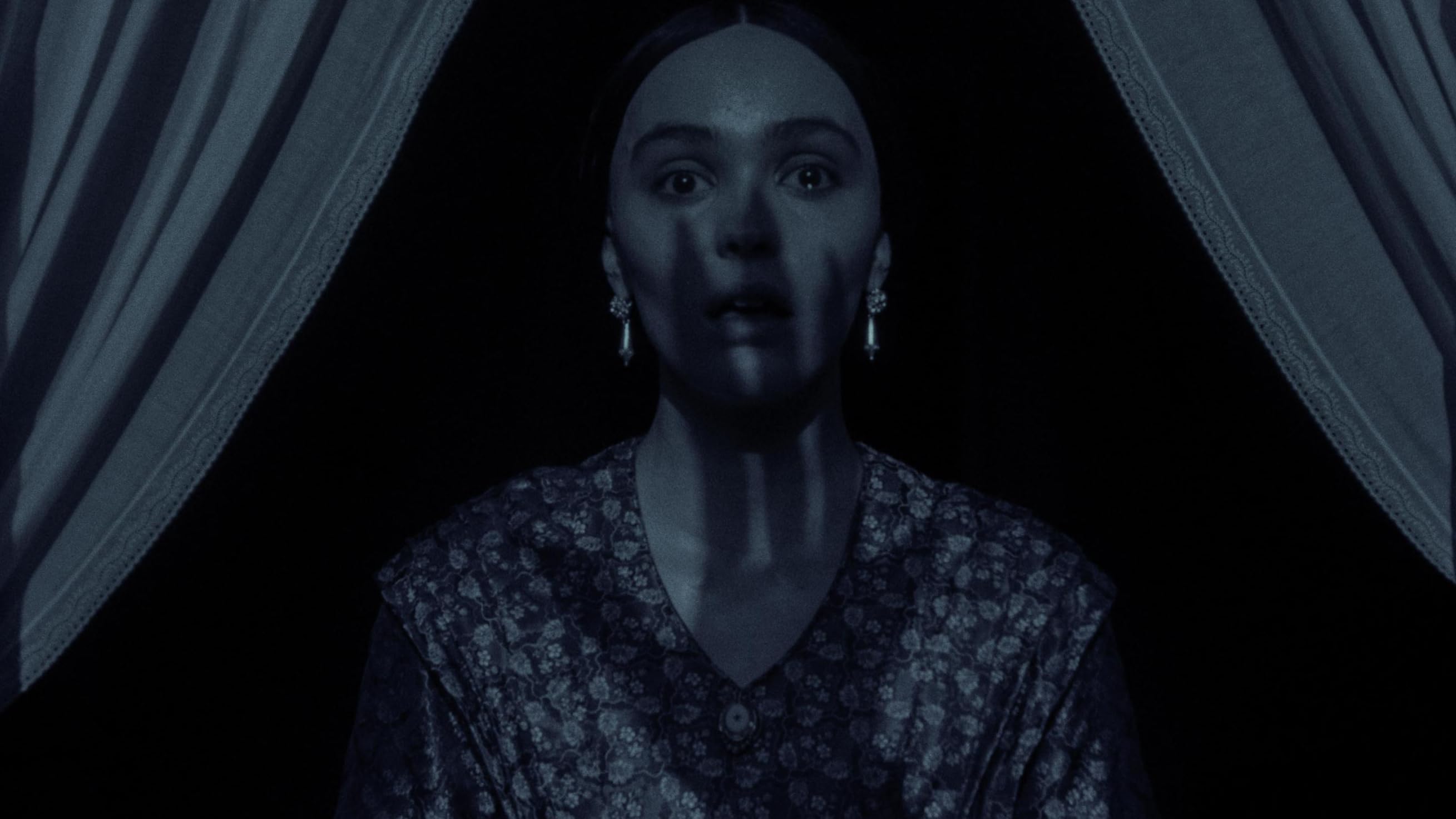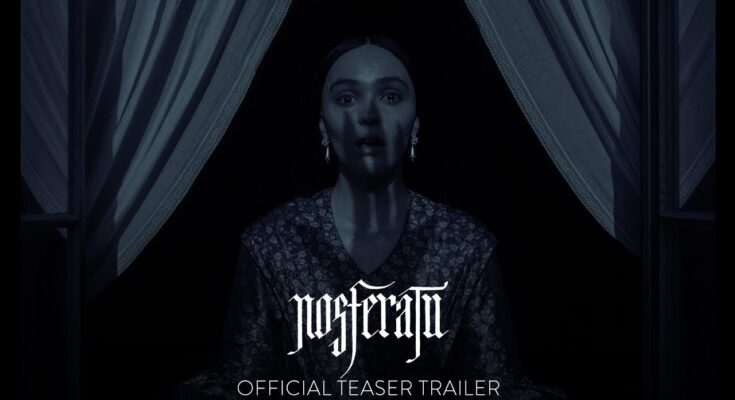The 1922 film Nosferatu, directed by F.W. Murnau, is one of the most iconic and influential horror movies of all time. It is an unofficial adaptation of Bram Stoker’s Dracula, though the names and certain details were changed due to copyright issues. Instead of Count Dracula, the film features Count Orlok, a sinister vampire who preys upon the unsuspecting inhabitants of a small German town.

The story follows Thomas Hutter, a young man who is sent to Transylvania to assist a mysterious nobleman, Count Orlok, with a real estate transaction. Upon arriving at Orlok’s eerie castle, Hutter soon realizes that his host is no ordinary man but a vampire. Orlok sets his sights on Hutter’s wife, Ellen, back in their home town, and the horror escalates as Orlok travels to the town, bringing death and destruction with him.

The film explores themes of fear, isolation, and the supernatural. Nosferatu is famous for its eerie atmosphere, brought to life through Murnau’s expressionistic visuals. The film features shadowy, distorted sets, stark lighting contrasts, and surreal, dream-like sequences that create an overwhelming sense of dread. Count Orlok, portrayed by actor Max Schreck, is a terrifying figure with exaggerated, rat-like features, including long, sharp teeth and long fingers. His appearance is one of the most memorable in the history of horror cinema, often cited as an early example of a truly monstrous vampire.

Nosferatu is a foundational work in the horror genre and was one of the first films to depict the vampire as a creature of darkness and terror. Though it was initially met with mixed reviews, it has since become a landmark in film history, widely regarded as one of the greatest silent films of all time. Its visual style, including the iconic shots of Orlok’s shadow creeping across walls, has inspired countless films, directors, and horror tropes that followed.



